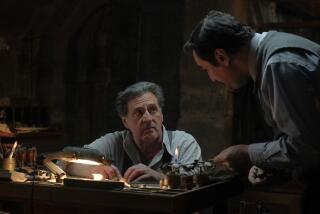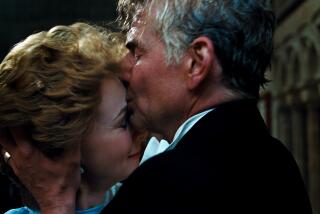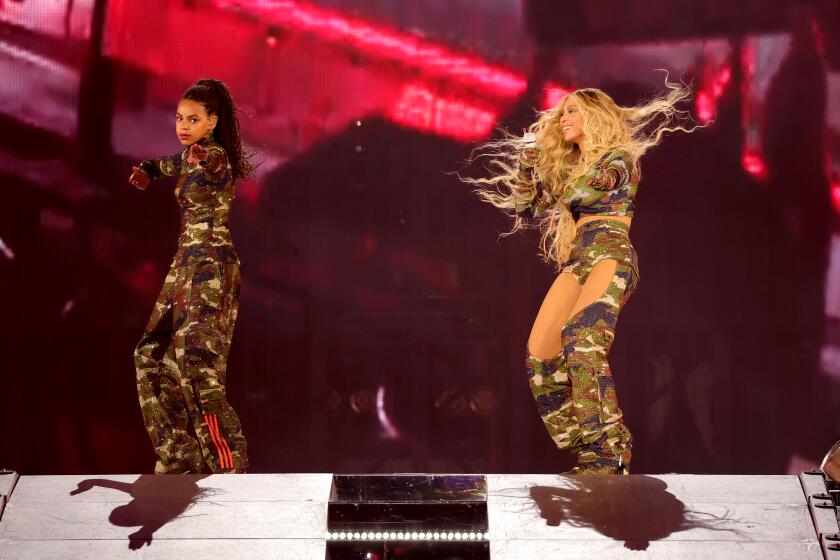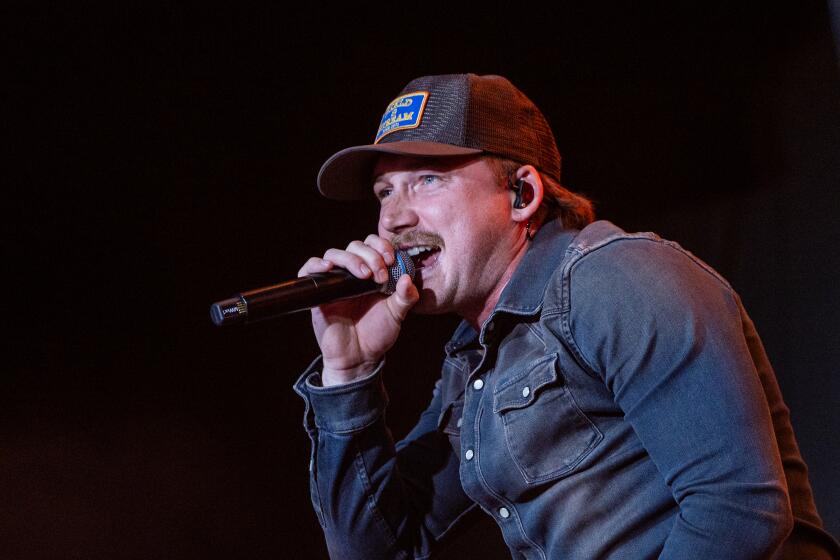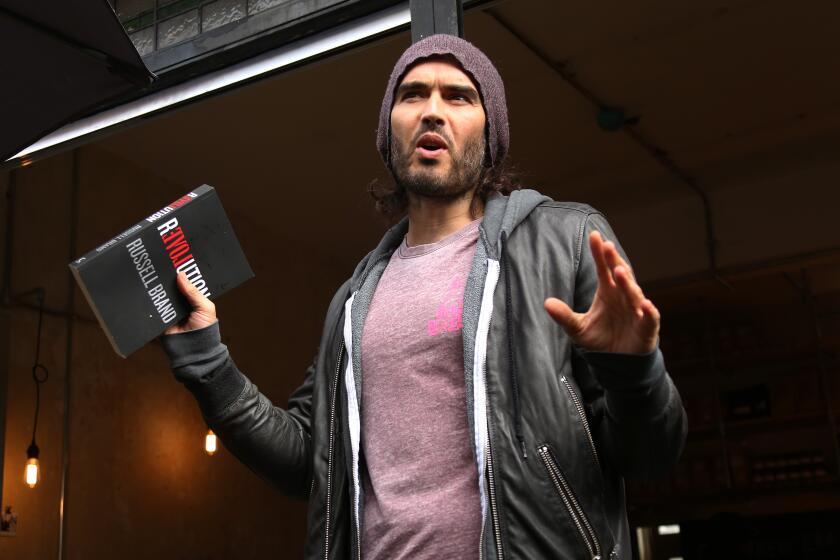Brian De Palma’s ‘Passion’: More dancing in the dark, a la Jerome Robbins
At the center of “Passion,” the new psychosexual thriller from master manipulator Brian De Palma, is a split-screen sequence featuring a classic work of modern choreography alongside a highly choreographed murder.
Occupying one half of the screen is a performance of Jerome Robbins’ ballet “Afternoon of a Faun,” set to the music of Claude Debussy. The modern ballet, which was created in 1953, is a pas de deux set in a rehearsal room. The spare production, in which a man and a woman approach and repel each other, is a ballet about the ballet, in much the same way as De Palma’s movies have always been about the movies.
Robbins had his two dancers look directly at the audience, a deliberate attempt to break the fourth wall. De Palma replicates this by having the dancers -- Polina Semionova and Ibrahim Oyku Onal of the Staatsballett Berlin -- look directly into the camera. (The split screen acts as a kind of theatrical proscenium.)
PHOTOS: Arts and culture by The Times
Their direct gaze is the visual inverse of the action in the second half of the screen -- a grisly murder sequence shot from the point of view of an intruder, with the camera assuming the killer’s eyes. The effect is twofold: On the left side of the screen, we are being watched; on the right, we are doing the watching.
“Passion” isn’t the first film in which De Palma makes the connection between dance and the cinematic pas de deux between camera and actor. His baroquely violent set pieces are famous for their complex choreography, specifically his gliding tracking shots and his precise arrangement of bodies moving through space.
In his 2002 movie “Femme Fatale,” De Palma used Maurice Ravel’s “Bolero” as the soundtrack for an elaborate sequence involving a jewel heist at the Cannes Film Festival. (The version of the music heard in the movie was arranged by composer Ryuichi Sakamoto.)
Ravel’s music features repetitive patterns that build in intensity until ultimately the piece circles back on itself. The bolero -- which is a type of dance often associated with Spanish and Cuban cultures -- plays over parallel action between a group of thieves and their victim. Ravel’s snaking melody echoes the thieves as they snake around the Palais des Festivals in search of their loot. (One character even wears a dress in the shape of snakes. De Palma is seldom one for subtlety.)
“Carlito’s Way,” his 1993 gangster saga, features a main character who is actually a dancer. Gail (Penelope Ann Miller) is seen in a ballet class performing to the Flower Duet from “Lakmé” by Léo Delibes. By night, she performs a less exalted form of dance at a strip club.
An image of Gail’s dancing body silhouetted against the sun bookends the film. The action sequence leading up to that image is a labyrinthine chase involving complicated tracking shots through subways and Grand Central Station in New York -- a choreography of pursuit and evasion.
De Palma’s most dance-centric movie is without question his Bruce Springsteen video for “Dancing in the Dark.” The four-minute music video, featuring the Boss performing to a large crowd in St. Paul, Minn., may not be De Palma’s most personal work. But it combines dance and camera movement in effortless synchronicity.
ALSO:
‘Django Unchained’ pays homage to Wagner’s ‘Siegfried’
Vanger vs. Wagner? ‘Dragon Tattoo’ family has familiar ring
Lindsay Lohan movie ‘The Canyons’ finds allure in architecture
More to Read
The biggest entertainment stories
Get our big stories about Hollywood, film, television, music, arts, culture and more right in your inbox as soon as they publish.
You may occasionally receive promotional content from the Los Angeles Times.
